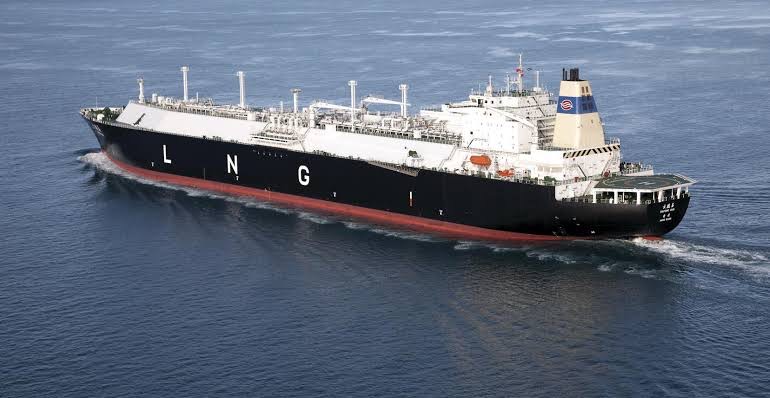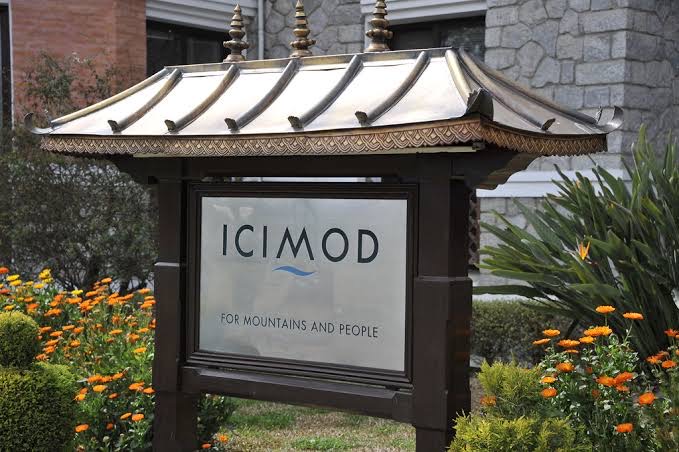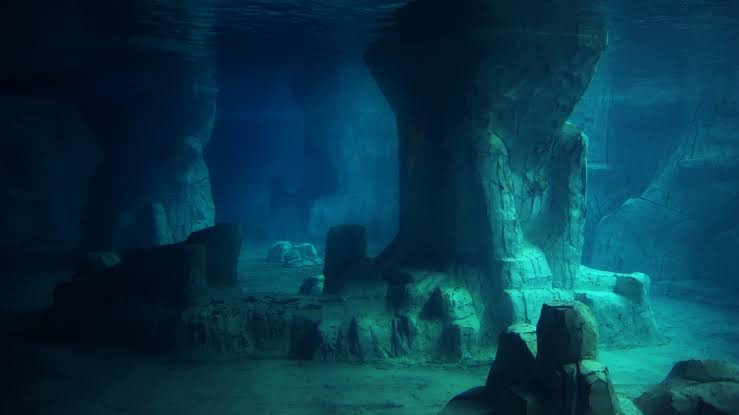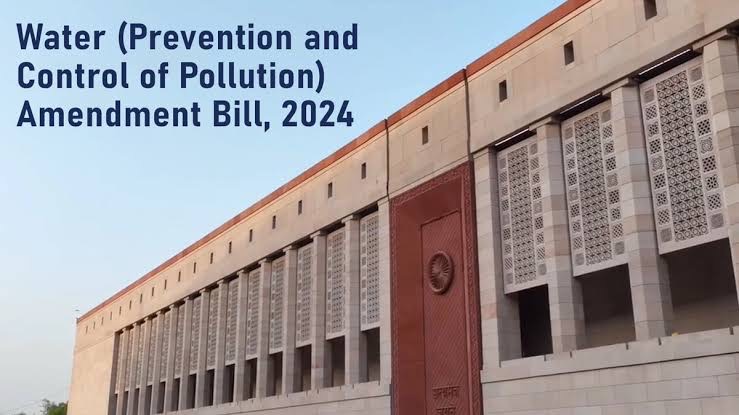India to sign 78 bn deal to extend Qatar LNG imports (Indian Express)

- 06 Feb 2024
Why is it in the News?
India and Qatar are likely to ink a deal recently to extend the supply of 7.5 million tonnes per annum (mtpa) of liquefied natural gas (LNG) for another 20 years beyond 2028.
Context:
- India wants to increase the share of natural gas in its primary energy mix to 15 per cent by 2030 from a little over 6 per cent at present.
- The country already depends on LNG imports to meet around half of its gas demand, and as demand grows, imports of the natural gas are also set to grow.
- World’s largest exporter of LNG, Qatar, accounts for over half of India’s imports.
- India imported a total of 19.85 million tonnes of LNG in 2022-23 (FY23), of which 10.74 million tonnes, or 54 per cent, came from Doha.
- India’s total imports from Qatar in FY23 were valued at $16.81 billion, of which LNG imports alone were worth $8.32 billion, or 49.5 per cent of the overall imports from Doha.
- Natural gas is seen as a significantly cleaner alternative to conventional petroleum fuels like diesel and petrol and is usually cheaper than crude oil.
- For India, which has an import dependency of over 85 per cent in the case of crude oil, natural gas is seen as more affordable as well as a transition fuel in the country’s energy transition pathway.
Trade Relationship Dynamics between India and Qatar:
- In the trade relationship between India and Qatar, there exists a significant trade imbalance favoring Qatar.
- Qatar stands as India's largest source of liquefied natural gas (LNG), which is gas cooled to liquid form for sea transportation.
Import Dependency on Gas:
- India's import reliance on natural gas stands at around 50%, with a governmental focus on increasing gas consumption likely leading to further import escalation in the future.
- Petronet LNG, India's primary LNG importer, holds a long-term contract with Qatar for importing 8.5 million tonnes per annum (mtpa) of LNG. Moreover, Qatar's gas holds a substantial share in India's LNG procurements from the spot market.
Demand for Natural Gas in India:
- India has set an ambitious target to elevate the share of natural gas in its primary energy mix to 15% by 2030, up from slightly over 6% at present.
- This aspiration is poised to drive a rapid surge in LNG imports in the upcoming years. Natural gas is perceived as a notably cleaner alternative to traditional petroleum fuels like diesel and petrol, and often comes at a lower cost than crude oil.
- Given India's over 85% import dependency on crude oil, gas emerges as both more economically viable and a smoother transition fuel in the energy transformation trajectory.
Trade Dynamics: India's Import from Qatar and Export to Qatar
- In FY 2022-23, India's total imports from Qatar amounted to $16.81 billion, with LNG imports constituting $8.32 billion of the total.
- While Indian LNG importers are endeavoring to diversify their sources, reducing heavy reliance on Qatar may take considerable time.
- On the export front, India's exports to Qatar were valued at only $1.97 billion in FY 2022-23, encompassing cereals, copper articles, iron and steel articles, vegetables, fruits, spices, and processed food products.
Global LNG Market Trends:
- The global LNG market currently leans towards sellers, especially following Russia's invasion of Ukraine, which disrupted Russian natural gas supplies to Europe.
- This disruption triggered a surge in LNG spot cargo prices globally.
- Unlike term contracts, spot LNG market prices are subject to higher volatility, with prices rising steeply in times of tight supply and falling sharply during a supply glut.
Future Outlook of the LNG Market:
- Industry experts predict a shift in the global LNG market dynamics over the next few years, transitioning into a buyer's market due to the surge in new LNG export projects.
- A buyer's market arises when there is an excess supply of goods or services compared to demand, granting buyers more negotiating leverage.
- Despite this anticipated shift, it may take several years for this scenario to materialize, with a substantial portion of new LNG export capacity expected to originate from Qatar itself.
International Centre for Integrated Mountain Development (DownToEarth)

- 06 Feb 2024
Why is it in the News?
Experts from The International Centre for Integrated Mountain Development (ICIMOD) called for ‘bold action’ and ‘urgent finance’ to prevent collapse of nature in High Mountain Asia on February 5, 2024, in the Nepalese capital of Kathmandu.
About the International Centre for Integrated Mountain Development (ICIMOD):
- The International Centre for Integrated Mountain Development (ICIMOD) is an intergovernmental knowledge and learning center dedicated to serving the communities of the Hindu Kush Himalaya (HKH) region.
- Established and inaugurated on December 5, 1983, its mission is to generate and share knowledge that informs regional policy and action, attracting investments to facilitate the transition to greener, more inclusive, and climate-resilient development.
Membership and Governance:
- ICIMOD's member countries include Afghanistan, Bangladesh, Bhutan, China, India, Myanmar, Nepal, and Pakistan.
- Its highest governing body is the Board of Governors, composed of representatives from each member country and independent members nominated by the ICIMOD Support Group based on their professional expertise and experience.
Functions and Objectives:
- The center serves the HKH region by generating and sharing information and knowledge to address critical mountain-related challenges.
- It bridges scientific research with policy formulation and practical on-the-ground implementation.
- Furthermore, ICIMOD provides a regional platform for experts, planners, policymakers, and practitioners to exchange ideas and perspectives, facilitating sustainable mountain development.
- Headquarters of ICIMOD is in Kathmandu, Nepal.
Key Facts about the Hindu Kush Himalaya (HKH) Region:
- The Hindu Kush Himalaya (HKH) region spans 3,500 km across eight countries, from Afghanistan in the west to Myanmar in the east.
- It serves as the source of ten major Asian river systems, including the Amu Darya, Indus, Ganga, Brahmaputra, and others.
- The HKH region plays a vital role in providing water, ecosystem services, and livelihoods to the people living within its boundaries.
Israel discovers 6-million-year-old giant underwater canyon of Messinian Event (TOI)

- 06 Feb 2024
Why is it in the News?
The Israel Geological Survey announced recently that Israeli geologists discovered a huge underwater canyon on the bottom of the Eastern Mediterranean that was formed about 6 million years ago.
What is Messinian Event?
- The Messinian Event, also referred to as the Messinian Salinity Crisis (MSC).
- It marks a significant geological occurrence during which the Mediterranean Sea experienced a cycle of partial or near-complete desiccation, making it one of the most severe ecological crises in Earth's history.
- This event unfolded approximately 6 million years ago (MYA) and persisted until around 5.3 MYA.
- The process began with the severance of the connection between the Atlantic Ocean and the Mediterranean Sea.
- This disconnection resulted from a combination of reduced sea levels globally and the collision of the European and African plates, causing the land to rise.
- Consequently, the Mediterranean experienced significant evaporation, as its evaporation rate exceeded its precipitation rate.
- Without a substantial influx of water from the Atlantic, the sea began to evaporate rapidly.
- During this period, a vast underground canyon formed, with rivers cutting deep into the basin floor, creating a canyon much larger than the Grand Canyon, reaching depths of up to 2,000 meters (6562 feet).
- As the Mediterranean water evaporated, salt deposits, primarily composed of Halite and Gypsum, accumulated on the basin floor, some reaching depths of 800 meters (2,500 feet).
- Despite the rapid evaporation, salt deposition did not keep pace, resulting in an increase in water salinity.
- The heightened salinity levels made the Mediterranean inhospitable to marine life, leading to a decline in biodiversity.
- Eventually, the sea dried up almost entirely, culminating in the Zanclean flood when the Atlantic Ocean reclaimed the basin.
What is Deep-sea Canyon?
- Deep-sea canyons, such as those formed during the Messinian Event, are steep valleys carved into the seafloor of the continental slope, extending onto the continental shelf.
- These canyons vary in size and shape and have been sculpted by various erosional processes, including river flows during periods of low sea levels, mudslides, debris flows, and turbidity currents.
Water (Prevention and Control of Pollution) Amendment Bill, 2024 (Indian Express)

- 06 Feb 2024
Why is it in the News?
The Centre on Monday introduced a Bill that would enable it to prescribe the norms for nominating chairpersons of State Pollution Control Boards, exempt certain industrial units from restrictions, and decriminalize “minor offenses” related to water pollution.
News Summary:
- The Water (Prevention and Control of Pollution) Amendment Bill, 2024 has been introduced in the Rajya Sabha.
- It is applicable to Himachal Pradesh and Rajasthan, with the potential to extend to other states through resolutions under the Water (Prevention and Control of Pollution) Act, 1974.
- The Bill empowers the Centre to exempt certain industrial plants from restrictions and issue guidelines related to industry establishment.
About Water (Prevention and Control of Pollution) Amendment Bill, 2024:
- Enacted in 1974, the Water (Prevention and Control of Pollution) Act aimed to prevent and control water pollution, establishing penal provisions for non-compliance.
Rationale for the Amendment:
- The Amendment Bill underscores the importance of democratic governance, emphasizing trust in people and institutions. It addresses the outdated regulations leading to a trust deficit.
Key Amendments Proposed:
- The Amendment Bill seeks to modernize the existing penal provisions, replacing imprisonment with fines for minor violations. This move aligns with the principles of Ease of Living and Ease of Doing Business.
Major Features of the Amendment Bill:
- The Bill proposes several key changes, including:
- Prescribing the process for nominating the chairman of the State Pollution Control Board by the Central Government.
- Granting the Central government authority to exempt certain industrial plants from restrictions on new outlets and discharges.
- Issuing guidelines on matters related to the establishment of industries by the Central government.
- Decriminalizing minor offenses and substituting them with monetary penalties.
- Specifying the adjudication process for penalties by officers of appropriate rank.
- Outlining penalties for non-compliance with regulations regarding new outlets, discharges, and sewage.
- Allocation of penalty amounts to the Environmental Protection Fund established under the Environment (Protection) Act, 1986.
Mera Gaon, Meri Dharohar (MGMD)(PIB)

- 06 Feb 2024
Why is it in the News?
The Government of India has decided to map and document all villages under Mera Gaon, Meri Dharohar (MGMD) Programme.
About the Mera Gaon Meri Dharohar Programme:
- The Mera Gaon Meri Dharohar (MGMD) programme is a nationwide initiative led by the Ministry of Culture, launched on July 27, 2023, under the National Mission on Cultural Mapping.
- Its primary aim is to compile detailed information about the life, history, and cultural essence of Indian villages and make this data accessible to both virtual and real-time visitors.
Key Components and Categories:
- Under the MGMD, information is collected across seven broad categories, including:
- Arts and Crafts Village
- Ecologically Oriented Village
- Scholastic Village Linked with Textual and Scriptural Traditions of India
- Epic Village linked with Ramayana, Mahabharata, and/or Puranic legends and oral epics
- Historical Village linked with Local and National History
- Architectural Heritage Village
- Any other distinctive characteristic, such as fishing village, horticulture village, shepherding village, etc.
Objectives:
- The primary objective of the project is to culturally map India's 6.5 lakh villages across 29 States and 7 Union Territories on a comprehensive virtual platform.
- Through MGMD, individuals will have the opportunity to immerse themselves in India's diverse and vibrant cultural heritage.
Core Ideals and Benefits:
- The fundamental aim of the project is to foster appreciation for India's rich cultural traditions, thereby promoting economic growth, social harmony, and artistic development in rural communities. The programme is envisioned as a catalyst for showcasing and preserving India's cultural diversity.
Financial Outlay and Scheme Components:
- A financial outlay of Rs. 353.46 Crore has been approved under the scheme of Financial Assistance for Promotion of Art and Culture, comprising eight scheme components:
- Financial Assistance to Cultural organizations with National Presence
- Cultural Function & Production Grant (CFPG)
- Financial Assistance for the Preservation & Development of Cultural Heritage of the Himalayas
- Financial Assistance for the Preservation & Development of Buddhist/Tibetan Organization
- Financial Assistance for Building Grants including Studio Theatres
- Financial Assistance For Allied Cultural Activities
- Scheme for Safeguarding the Intangible Cultural Heritage
- Through these components, the programme aims to provide comprehensive support for the preservation and promotion of India's rich cultural heritage.
